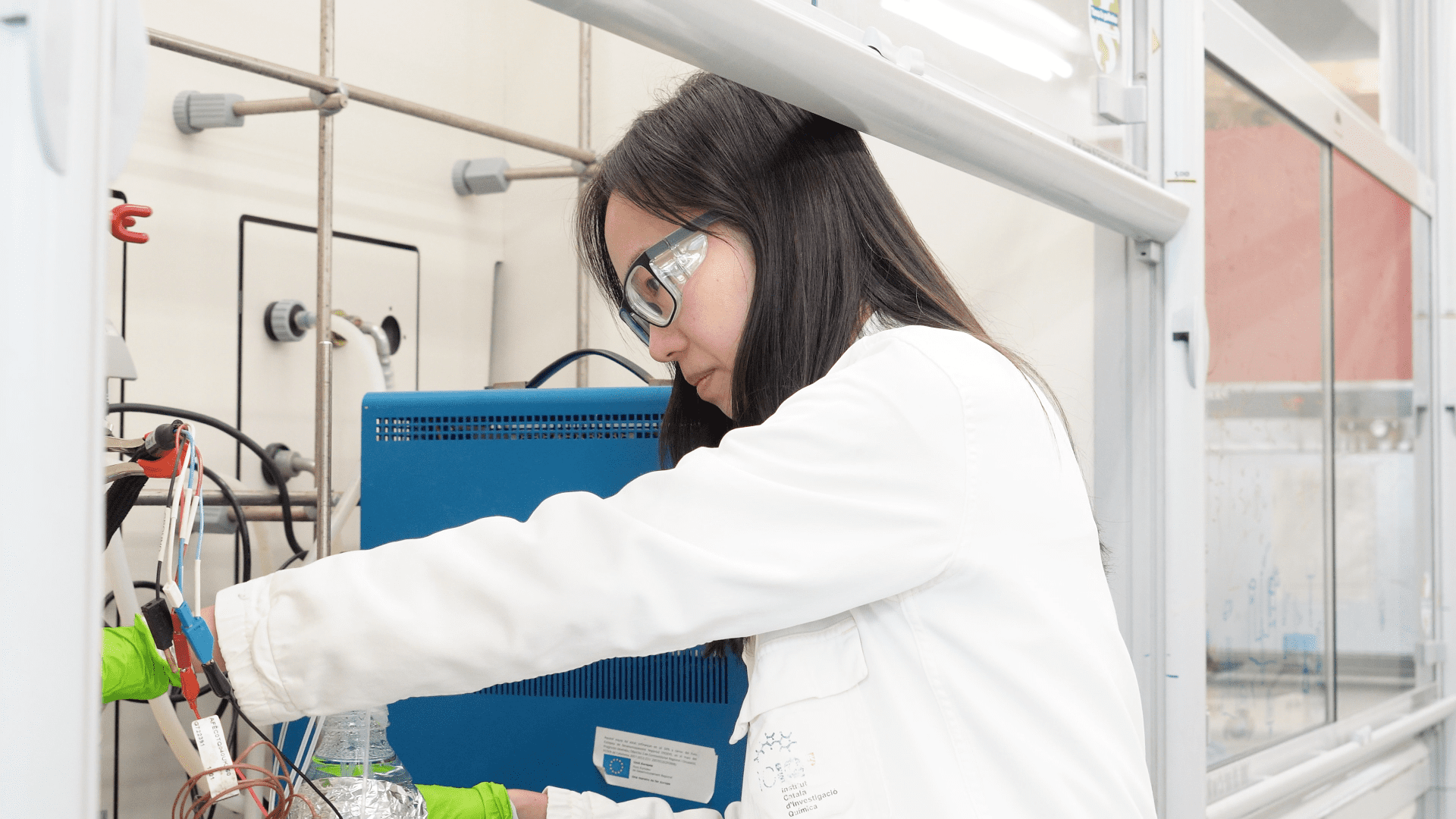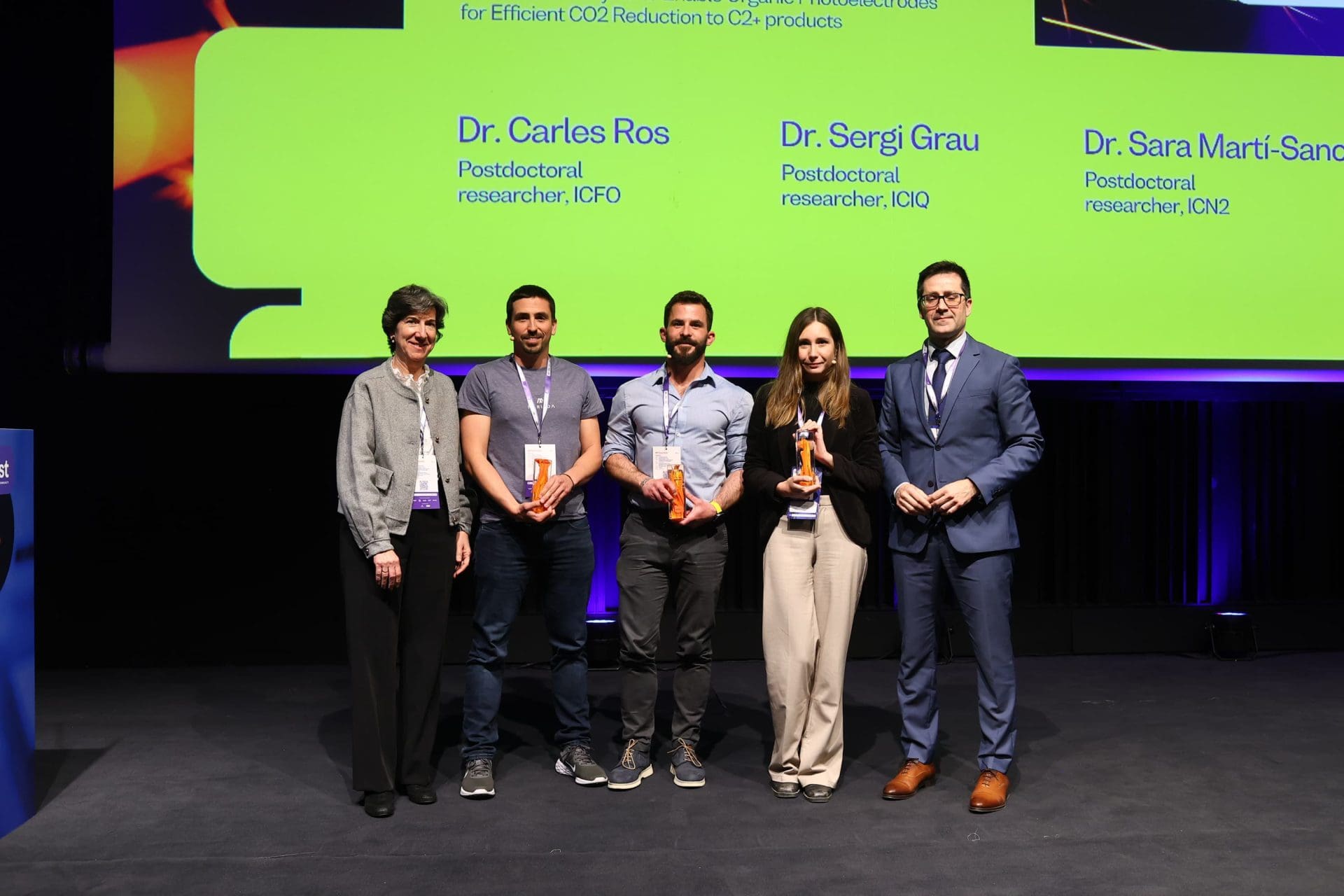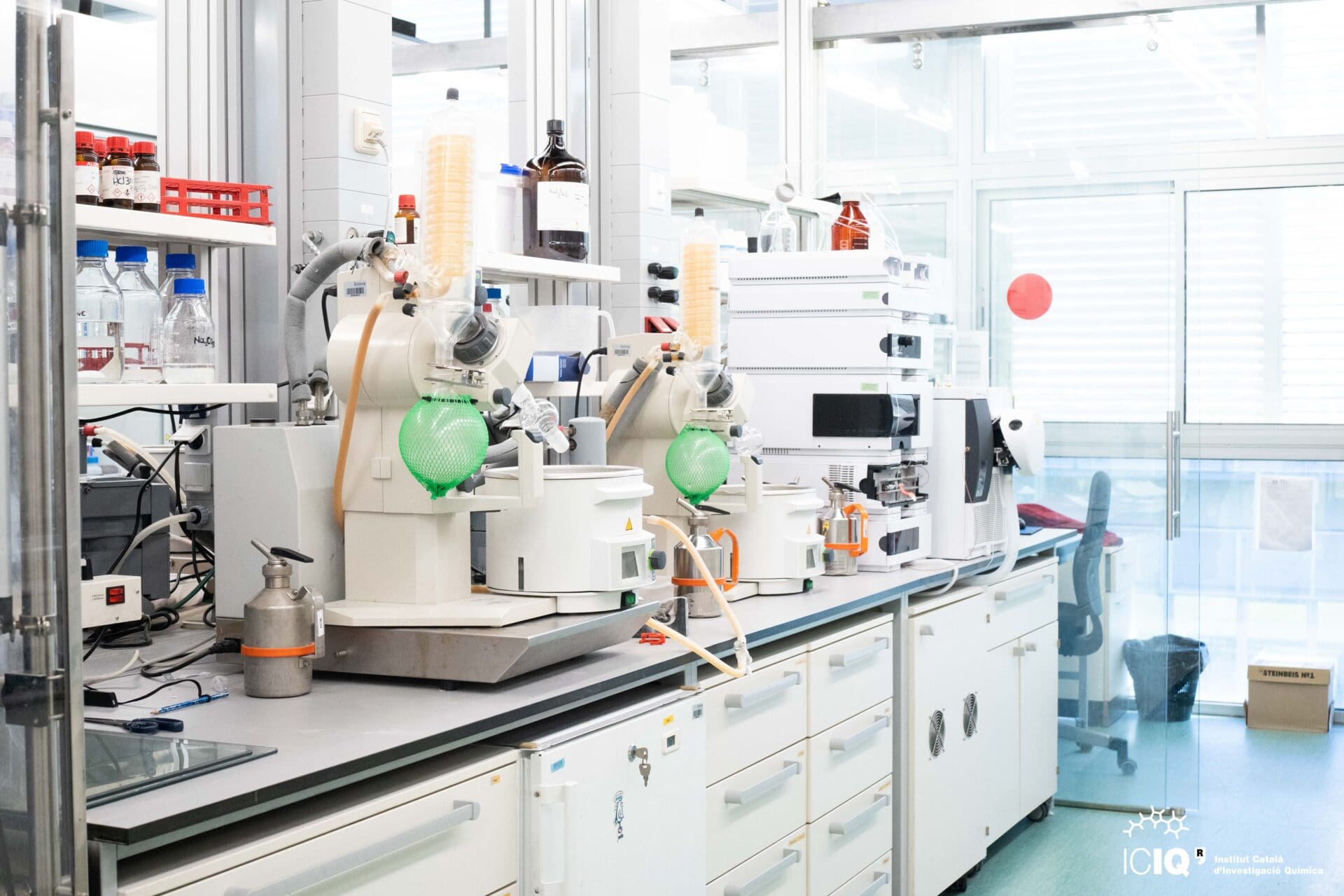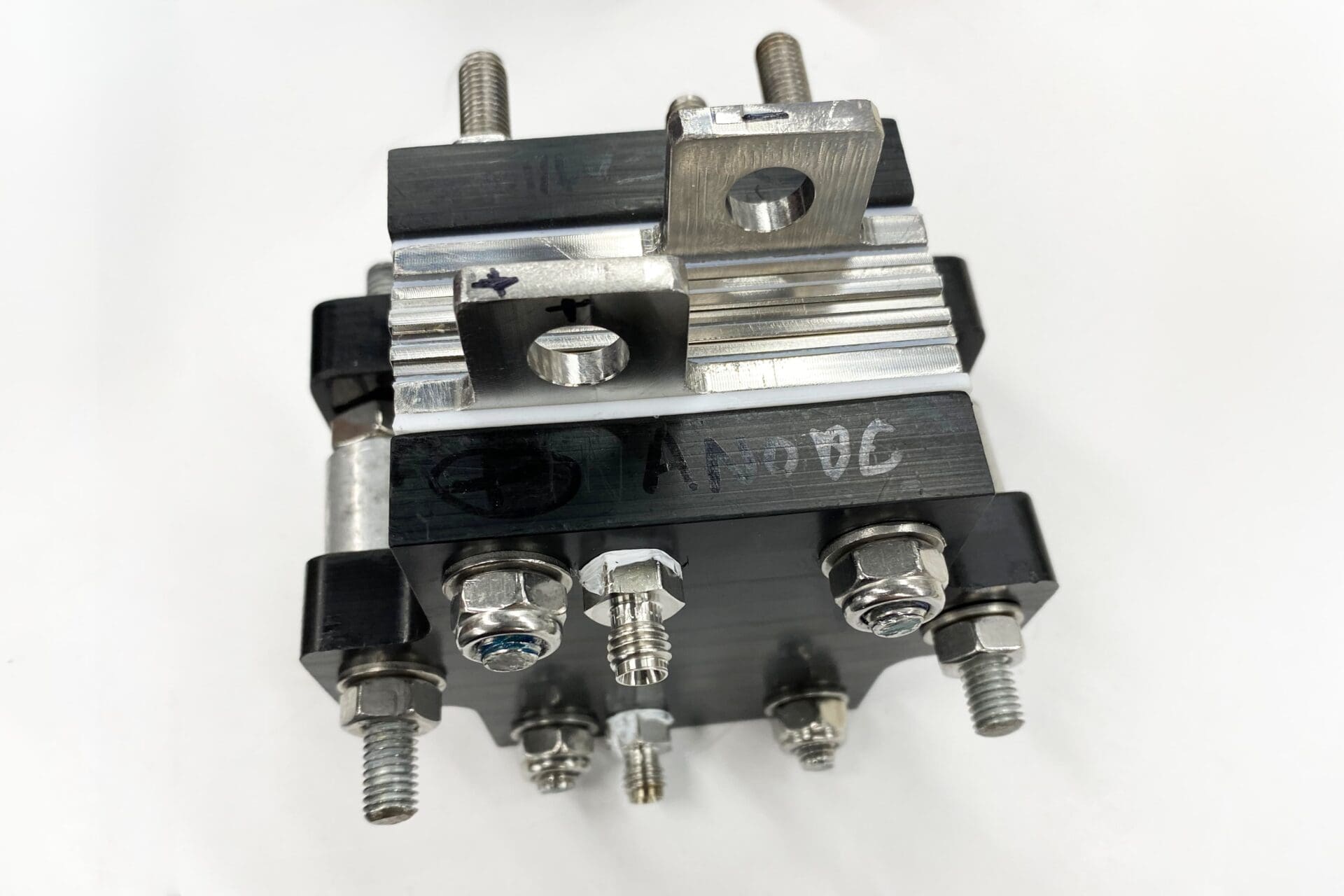TAMOF-1 HPLC columns enhance efficiency and versatility in pharmaceutical applications
6th noviembre 2024 -
The team is now optimising the material for chiral separations, which is more versatile, robust, reusable and predictable
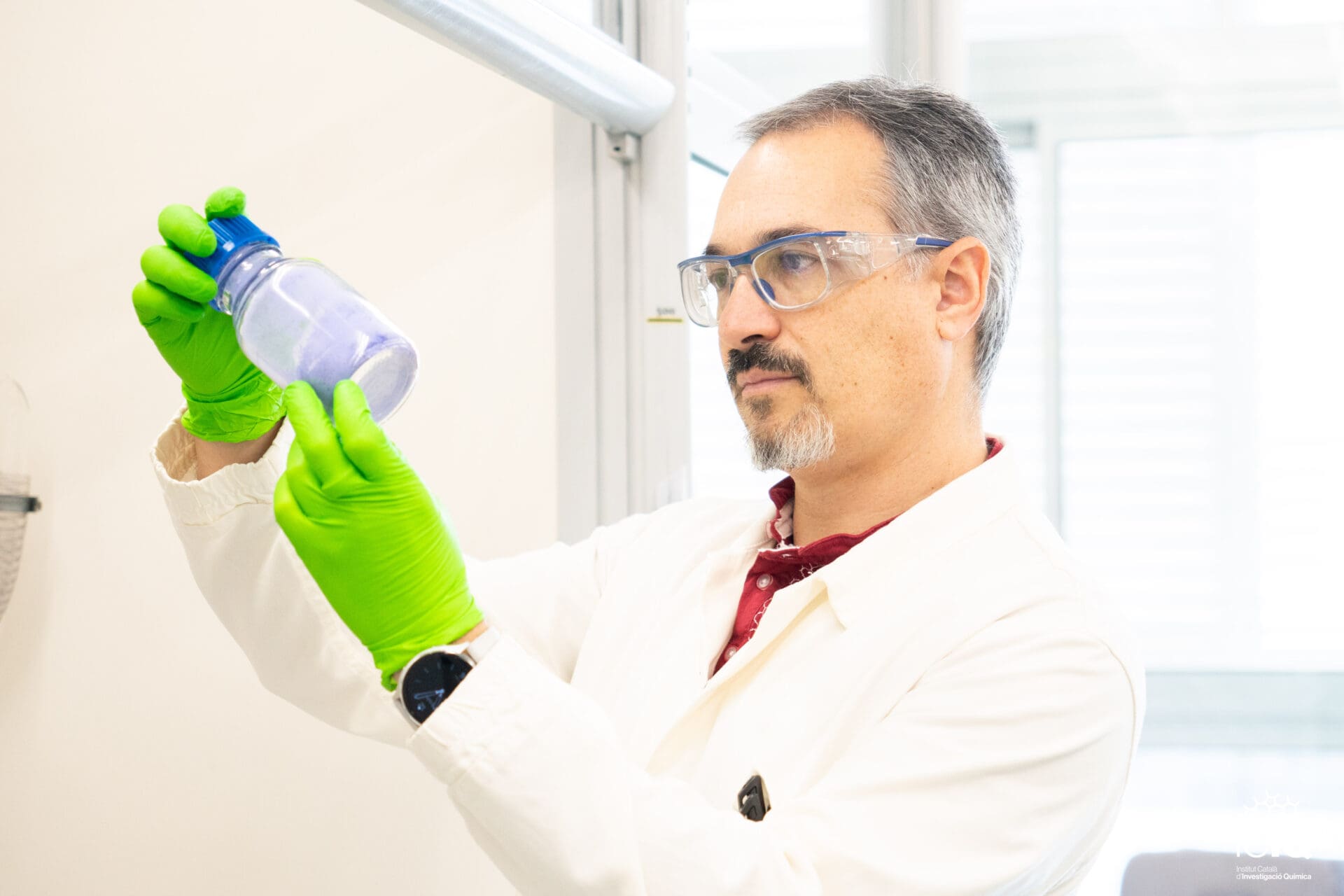
The Institute of Chemical Research of Catalonia (ICIQ) has made a significant advance in the pharmaceutical drug development and production using metal-organic frameworks (MOFs) for chiral molecule separation process. Researchers from the centre, in collaboration with the Eindhoven University of Technology (TU/e), the Universitat de Barcelona (UB) and Universidad Pablo de Olavide (UPO), have developed a novel methodology that improve the separation of molecules. It uses a material called TAMOF-1 as chiral stationary phase (CSP) for high-performance liquid chromatography (HPLC) columns.
This approach combines computational modelling and experimental work for efficient and predictable separation of complex racemic mixtures making pharmaceutical production more efficient and reducing trial-and-error efforts in drug separations.
The research team successfully demonstrated that TAMOF-1, as a chiral stationary phase within HPLC columns, could separate racemic mixtures across a range of molecular sizes, geometries, and functional groups. Unlike many current CSPs, TAMOF-1 is effective with both polar and non-polar solvents, making it versatile for various pharmaceutical applications. The TAMOF-1 offers long-sought and unique structural features, such as three-dimensional porous channels, open-metal sites and chiral pockets, which make it highly effective at separating different types of molecules.
“By using both computational predictions and experiments, we demonstrated that TAMOF-1 columns can efficiently separate complex racemic mixtures and we could predict the separation of enantiomers based on their molecular-surface interactions when diffusing through the 3D crystalline framework with over 90% accuracy”, states Prof. Galán-Mascarós. And ads: “These columns showed high-performance separation capabilities, successfully resolving enantiomeric pairs exhibiting very different chemical functionalities, including terpenes, calcium channel blockers, and phosphorus-stereogenic compounds”.
Moreover, TAMOF-1 columns are versatile, as they can be used with different solvents and have shown long-term stability even after years of use. This makes the new method a cost-effective and reliable option for the pharmaceutical industry, potentially improving the quality of drug development and reducing time-consuming experiments and chemical waste.
The research appeared in an ACS Applied Materials & Interfaces article (2023). It was conducted by Dr. José Luis Núñez-Rico (ICIQ), Dr. Juanjo Cabezas-Giménez (ICIQ), Dr. Vanesa Lillo (ICIQ), Dr. Salvador R. G. Balestra (US), Prof. José Ramón Galán-Mascarós (ICIQ), Prof. Dr. Sofía Calero (TU/e), and Prof. Anton Vidal-Ferran (UB). The ICIQ team is now optimising the powder material to be more effective and to expand the separation capabilities, obtaining improved material morphologies for a better application.
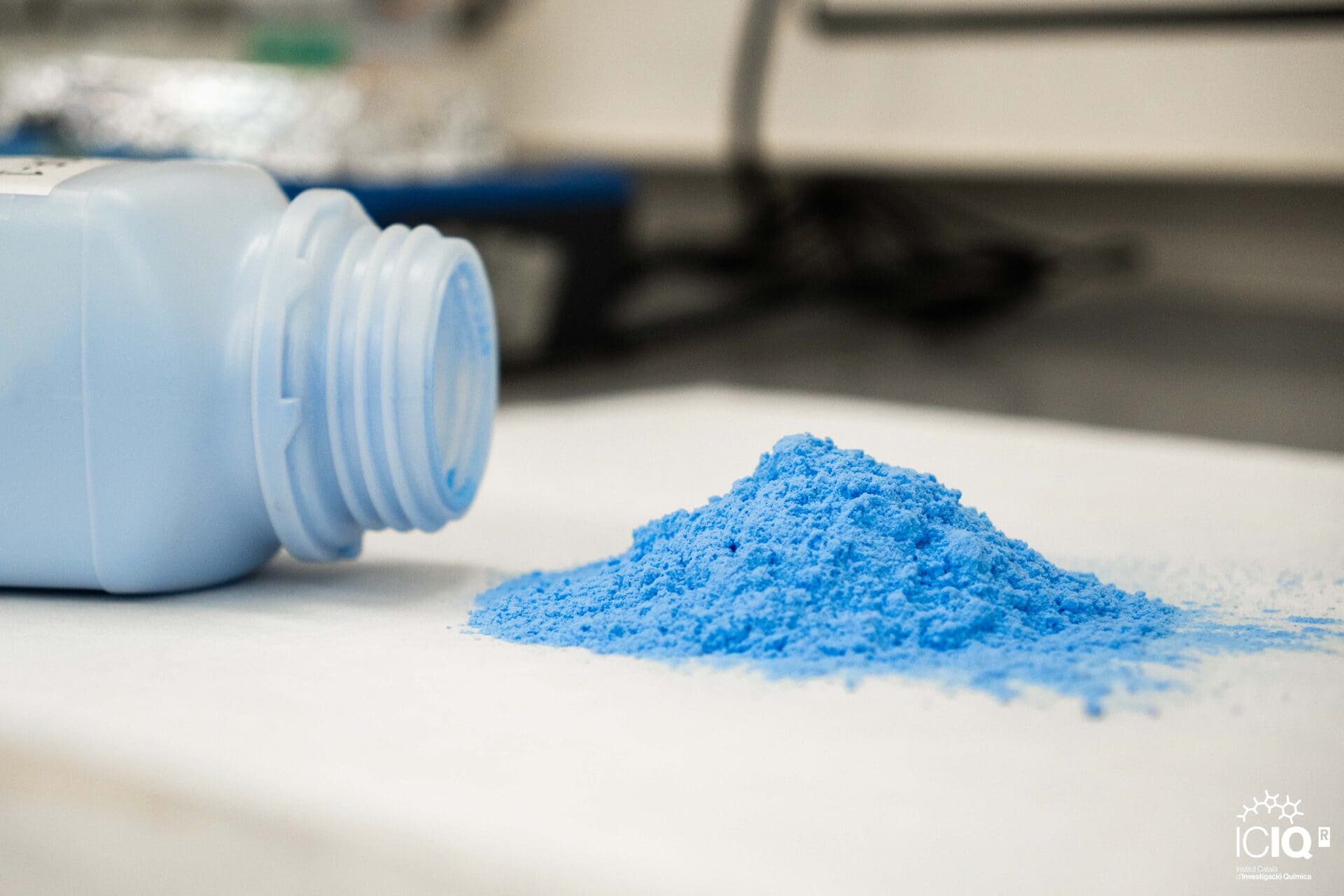
Noticias relacionadas

Creemos un futuro más brillante
Únete a nuestro equipo para trabajar con investigadores de renombre, emprender proyectos innovadores y contribuir a avances científicos significativos.
Únete a nosotros!





 15-04-2025
15-04-2025 